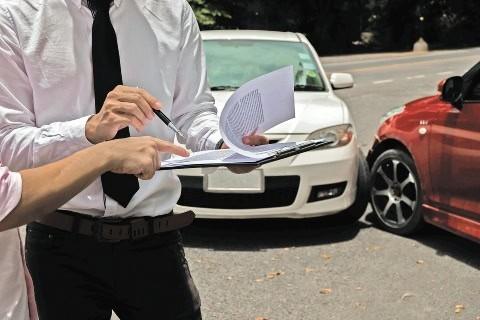How to Prove Fault in a Car Accident With a Police Report

If you have been in a car accident, one of your first questions is probably, “How do I prove the other driver was at fault?” This is a critical question because fault determines who pays for damages and medical bills and how much you might recover from an insurance claim.
The process can feel draining, but you don’t have to go through it alone. Many people turn to experienced car accident lawyers from DFW Injury Lawyers to help them navigate these tricky waters and build a strong case from the start.
Why Fault Matters After a Car Accident
Fault is not just a technicality; it is the foundation of your claim. The at-fault party or their insurer is responsible for covering damages, so proving fault is essential for getting the compensation you deserve. Insurance companies and courts rely on evidence to decide who caused the accident, and a police report is often the first piece of the puzzle.
The Role of the Police Report
When police respond to an accident, they investigate the scene, interview drivers and witnesses, take photos, and compile all this information into an official report. This report usually contains
- Contact and insurance information for all drivers
- A description of the accident scene and road conditions
- Statements from drivers and witnesses
- Any citations or violations issued
- The officer’s observations and sometimes their opinion on who was at fault.
While the police report is not the final word on fault, it is a powerful tool for settlement negotiations and insurance claims. Insurance adjusters review the report first when deciding how to handle your claim.
How to Use the Police Report to Prove Fault
Here’s how you can leverage the police report to strengthen your case:
Gather the Report Quickly
Request a copy of the police report as soon as it is available. Your attorney can help you obtain this if you’re unsure where to start.
Review for Accuracy
Go through the report carefully. Check for factual errors, like incorrect vehicle details or locations, that could impact your claim. If you spot mistakes, you may be able to submit a supplemental statement or rebuttal letter with supporting evidence.
Look for Key Details
Pay special attention to:
- Citations for traffic violations, like running a red light or speeding, are strong fault indicators.
- The officer’s narrative or diagram explains how the accident happened.
- Witness statements that support your version of events.
Use the Report in Negotiations
Even if the report is not always admissible in court, it is crucial during insurance negotiations. Adjusters give significant weight to the officer’s findings if the report includes an opinion about fault or notes a traffic law violation.
Gather Additional Evidence
Do not rely solely on the police report. Supplement it with:
- Photos and videos from the scene
- Medical records and repair bills
- Dashcam footage, if available
- Additional witness statements
What If the Police Report Is Wrong?
Mistakes happen. If you disagree with the officer’s version of events or believe the report is incomplete, you have options:
- Collect your evidence and submit a written rebuttal to the police department.
- File a supplemental report if your jurisdiction allows.
- Notify your insurance company of the dispute and provide your supporting evidence.
- Consult a car accident attorney to help build your case and, if necessary, challenge the report’s findings.
Why Legal Help Makes a Difference
Insurance companies are notorious for pushing back on claims and minimizing payouts. Having a skilled attorney can make all the difference. They know how to interpret police reports, gather additional evidence, negotiate with insurers, and, if needed, take your case to court. With their help, you can focus on healing while they handle the legal aspect of the case.
Conclusion
In summation, proving fault after a car accident starts with the police report, but it does not end there. You can build a strong compensation case by understanding what is in the report, correcting errors, and supplementing it with other evidence. If you need guidance, do not hesitate to contact experienced legal professionals who can help you every step of the way.
